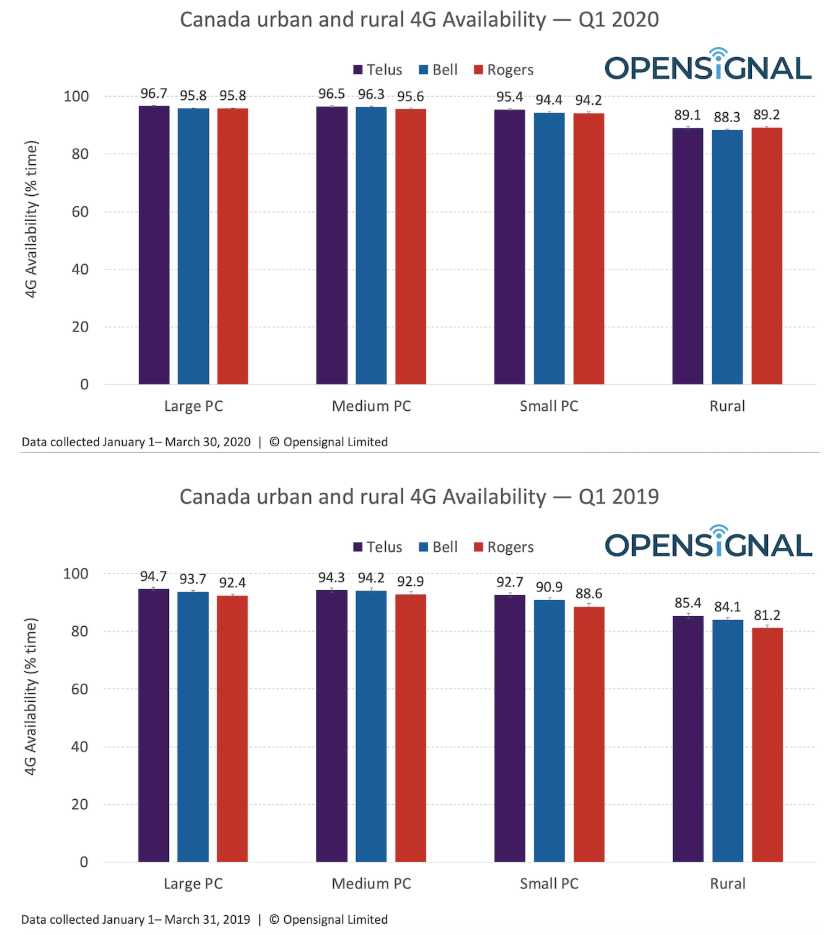Should broadband be a ‘public utility’?
Over the past few weeks, I have been concerned about a growing number of calls for broadband to be considered a public utility. We all want to find ways to get more people to have access to broadband. Treating broadband as a public utility just isn’t the right way to get there.
In conversation with host Matt Galloway on the May 26 edition of CBC Radio’s “The Current”, Laura Tribe of Open Media said:
Matt Galloway: And so now is the time you say, to talk about this as an essential service. People have suggested that the Internet could be a public utility. What would that mean?
Laura Tribe: So the CRTC in 2016 ruled that is a basic service. That it is something of a part of our communications packages that everyone should have access to. As an essential service, it really means the government is obligated to ensure connectivity. The same way that you are guaranteed electricity or water, you would be guaranteed that there’s Internet available to you.
In reality, the CRTC didn’t rule that the internet is a basic service, as I described as “Error 1” in my blog post from a month ago, “Words matter. Accuracy matters”. No matter how many times Open Media mis-characterizes the CRTC’s broadband policy, TRP CRTC 2016-496, it won’t change.
But, let’s focus on the main subject: “Should broadband be a public utility?”
Later on that same CBC radio program, Maryam Monsef, Canada’s Minister for Women and Gender Equality and Rural Economic Development, appeared:
Matt Galloway: So do you support the idea of the Internet being a public utility?
Maryam Monsef: I believe it’s an essential service and I’m open to the idea and one of the things that my officials and I are working on is adding and tweaking what we were ready to roll out before COVID. And this is among the many good ideas that we are considering. What are the pros? What are the cons?
Happily, Minister Monsef asked for the pros and cons.
So it was especially timely to read last Thursday’s post by University of Florida’s Mark Jamison, Director of the Public Utilities Research Center. As his biography indicates, he provides international training and research on business and government policy, focusing primarily on utilities and network industries, including directing the PURC / World Bank International Training Program on Utility Regulation and Strategy.
In “Is broadband now a public utility?”, he writes: “I thought the days of telecommunications being considered a public utility were far behind us. Then came the pandemic! Suddenly broadband seems as important as electricity. And some people believe that hands-on, utility style regulation will do a better job than competition for delivering needed broadband to everyone. I don’t know whether to think of this as Back to the Future or Deja Vu.”
His post continues with an hour-long conversation with Dr. Scott Wallsten, President and Senior Fellow at the Technology Policy Institute. Dr. Wallsten was the economics director for the FCC’s National Broadband Plan, and he served as an economist for The World Bank.
A few weeks ago, Dr. Wallsten wrote “Is Broadband a Public Utility? Let’s Hope Not”. In that post, Dr. Wallsten writes, “Some argue that the importance of broadband and the gaps in usage prove we should consider broadband a public utility like electricity, water, and gas, and regulated as such.”
Sounds somewhat apropos for our current conversation, right?
Dr. Wallsten writes:
Calling broadband a public utility seems like a nifty way of solving last-mile access problems. But experience with actual public utilities should give anybody pause before advocating that approach. Electricity prices have increased more than broadband prices, innovation in electricity has been slower, and productivity growth lower. To top it off, electricity was not brought to the country faster than broadband has been.
Since Minister Monsef wants to understand “the cons” associated with broadband as a public utility, she and her team needs to consider the points made in this video. The conversation warns of the consequences of public utility regulation and also, of government ownership.
We should be wary of calls for utility-style regulation of the internet and deeply concerned about suggestions that governments (at any level) can build, operate, maintain and invest in capacity and upgrades more effectively than the private sector.
I have written many times before that the history of Government PTTs – Posts, Telephone and Telegraph – is not a proud one.
The conversation between Drs. Wallsten and Jamison is worth your time to watch; it is a must-see by officials working on Canada’s broadband policy and regulation.
As Dr. Wallsten concluded, “We need solutions to filling gaps in broadband coverage. Treating broadband the way we treat public utilities is not one of them.”


